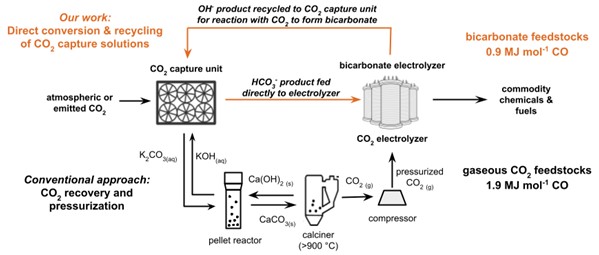Developing Synthetic Strategies for Multifaceted Applications of Stable Gold-Based Complexes
Abstract: Development of stable gold-based complexes has been a rapidly advancing field due to the popularity of gold complexes, particularly for use in biomedical applications and catalytic transformations. Given that auranofin, a gold(I) complex having FDA approval for the treatment of rheumatoid arthritis has been the only clinically relevant gold-based agent, the need for stable gold-based molecules is at an all-time high. Herein are reported synthetic strategies used for the development of new classes of gold(I) and gold(III) complexes for advancement in mitochondrial modulation for use as chemotherapeutics as well as application to gold catalysis due to the unique geometry of complexes presented within. Mitochondrial structure and function are integral to maintaining mitochondrial homeostasis and are an emerging biological targets in aging, inflammation, neurodegeneration, and cancer. Meanwhile, targeting cellular metabolism has emerged as a key cancer hallmark that has led to the therapeutic targeting of glycolysis. The study of mitochondrial structure and its functional implications remain challenging partially because of the lack of available tools for direct engagement, particularly in a disease setting. Furthermore, agents that target dysfunctional mitochondrial respiration for targeted therapy remain underexplored. Both the synthesis and characterization of highly potent organometallic gold(III) complexes supported by dithiocarbamate ligands as selective inhibitors of mitochondrial respiration and a gold-based approach using tricoordinate gold(I) complexes to perturb mitochondrial structure and function for selective inhibition cancer cells have been elucidated. Mitochondrial targeting and inhibitory effects are characterized using a plethora of both in vitro and in vivo experiments. While developing the tricoordinate framework, the unique geometry led to the pursuit of identifying other applications for these unique gold(I) complexes. The development of oxidant-free, gold-catalyzed, cross-coupling reactions involving aryl halides have been hampered by the lack of gold catalysts capable of performing oxidative addition at Au(I) centers under mild conditions or without some external oxidant. The catalytic method developed is insensitive to air or moisture. The asymmetrical character of the air-stable gold(I) complex is critical to facilitating this necessary orthogonal transformation. Taken everything together, rational design of novel gold complexes with unique binding motifs and geometry provide a building block for future applications with a diverse array of applications.
Attend the seminar via Zoom by clicking here.


